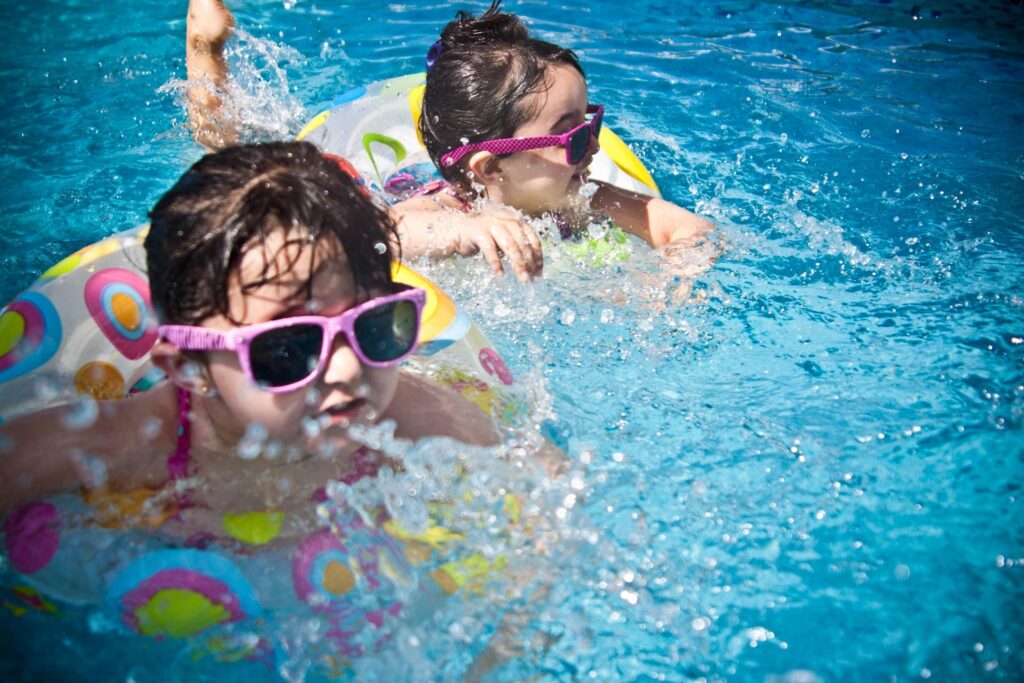Meigs Health Today: Safety with Home Pools


Meigs Health Today: Safety with Home Pools
By Steve Swatzel, RS, Director of Environmental Health
The number of private swimming pools in the US has skyrocketed since the beginning of the Covid-19 pandemic. What better way to spend time during a lock-down than in a private swimming pool, right? Many homeowners have no idea the huge responsibility it is to own a swimming pool and the necessary steps to protect their family and surrounding neighbors from harm.
The Centers of Disease Control (CDC) reports some frightening facts:
- Drowning is the leading cause of unintentional injury-related death for children ages 1-4.
- Drowning is the 3rd leading cause of unintentional injury-related death among children 19 and under.
- Statistics show that 23% of child drownings happen during a family gathering near a pool.
- An estimated 5 to 10 people receive hospital-related care for nonfatal drowning injuries for every fatal drowning victim.
- During 2015–2019, more than 200 disease outbreaks were linked to pools, hot tubs and water playgrounds.
Home swimming pools are not inspected or regulated by the health departments like a public swimming pool. However, in some cities, villages and areas with homeowners associations officials dorequire private swimming pools to be properly protected. In rural areas, like ours, it is the soleresponsibility of the homeowner to ensure the pool is physically and chemically safe to use. You canprevent an unintentional injury just by providing a proper barrier around the pool. A barrier or fence around the pool must be four to five feet in height and have gaps of four inches or less in width. Gates must be self-closing and self-latching. If one of the sides of the fence is the along the house then each door or window entering in the pool area should have an alarm to inform of any entry. When the pool is closed for the season, having a safe pool cover can be as important as the fence. A safe pool cover is strong enough to support weight of a person without easily tearing and anchored so not to be easily removed. With good physical barriers in use, the homeowner’s must also know about water safety.
To prevent water-borne illnesses such as eyes, nose and throat infections you must have an adequate amount of a disinfectant. The most common disinfectant is chlorine in either a tablet or liquid form. The level of chlorine should be checked regularly by a test kit, which can be purchased anywhere pool supplies are sold. A safe level of chlorine is anywhere between 1 parts per million to 3 parts per million. Most chlorine test kits also check for pH, which is the level of acidity in the water. The best pH levels range from 7 to 7.6.
Even with good chemical levels, you still must have an adequate pump and filter to remove larger particles and circulate all the water in the pool within 8 hours. People using your pool should know how to swim or have on a US Coast Guard certified life jacket. Do not rely on pool floats or noodles to keep you safe. Never let people swim alone and always designate a water watcher. This person should not be distracted by anyone or anything and be close to the water’s edge, ready to react. The watcher should also have access to a phone, in case of emergencies, a first aid kit, a reach pole with a shepherd’s hook and a ring buoy to help save a struggling swimmer.
As you can see, the homeowner has a tremendous job and responsibility to keep families and friends safe around the pool.






